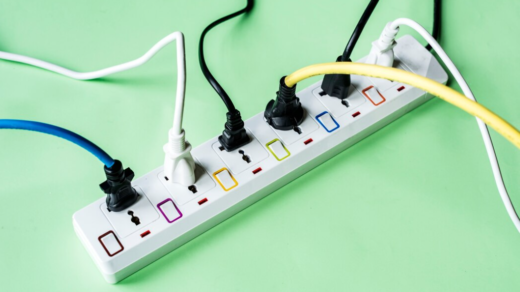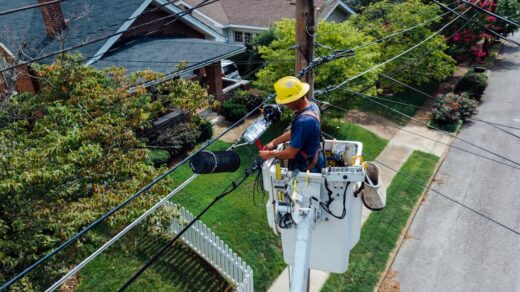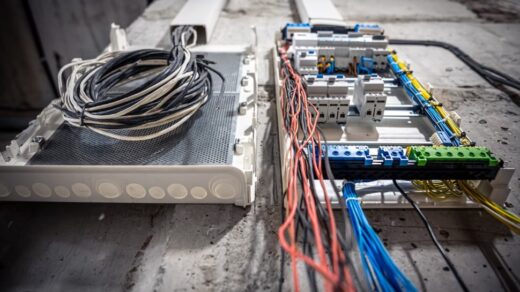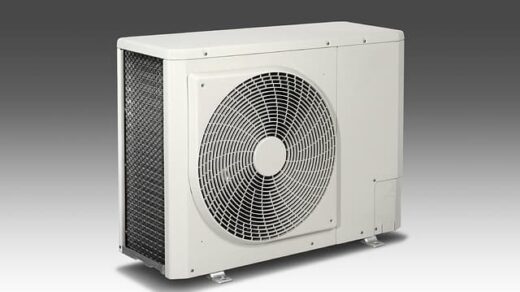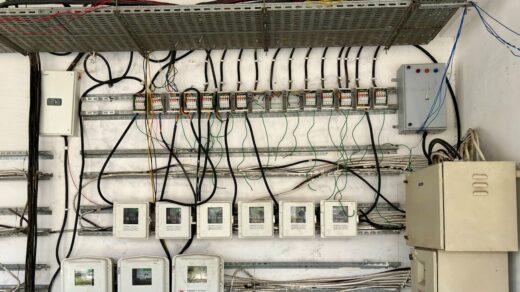Often my blog articles are closely related to industrial equipment. This time I take a closer look at the encoder – a very important device, without which no solid production line can do without. And why the encoder is so important will be clear from my article. Let’s look at the connection of the encoder, its operation, device and installation. As usual in such articles, there will be real examples of encoders in various pieces of equipment. And of course there will be a lot of photos taken by me personally.
What is an encoder?
An encoder is an electronic sensor which is mechanically attached to a rotating part. Usually the encoder body remains stationary and only the shaft rotates. This makes it possible to accurately measure various parameters
- rotational speed,
- the distance (length),
- rotating direction,
- angular position in relation to the reference mark.
The encoder is the most common “measuring instrument” in modern industrial equipment. In fact, an encoder is a feedback encoder, whose output is a digital signal that changes as a function of its rotation or angle of rotation. This signal is processed in a counter or controller, which outputs commands to a display device or actuator.
A label for a Sick incremental encoder mounted on a DC motor shaft. The basic parameter is 1024 pulses per revolution.
The encoder has a wide range of applications for the downstream processing of the signal. For example, measuring a linear length of a material, measuring the opening/closing angle of a valve, accurate positioning of parts during handling and machining. Specific examples will be given below.
The encoders mentioned in the article are referred to in some sources as angle encoders, rotary encoders, and even “N-coders”.
In general, an encoder is any device that converts or decodes a signal or information.
Working Principles and Construction of Encoders
There are two types of encoders by design and type of output signal – incremental (incremental) and absolute.
An incremental encoder is simpler than an absolute encoder and is used in most applications. This encoder can be thought of as a slotted disc, which is illuminated by an optical encoder. As this disc rotates, the encoder will activate or deactivate depending on its position above the slots. As a result, a sequence of discrete pulses is generated at the encoder output, the frequency of which depends on the encoder resolution and rotational speed.
A typical example in numbers, one full revolution of the encoder corresponds to 1000 discrete changes of signal level, which tells its angle position. The instruction manual for such an encoder will read “Resolution – 1000 pulses per revolution”. More advanced models have 2000, 4000 or more pulses per revolution. There are programmable encoders whose resolution can be changed within a very wide range, from 1 to 65536 pulses per revolution, for example.
For example, if the encoder is mounted to an induction motor shaft which rotates at 1500 rpm, then with a resolution of 1000 pulses per revolution the output frequency would be 25 kHz.
The resolution and maximum speed are inversely related – the output pulse rate can’t be measured in gigahertz terms. Typically the output frequency is limited to around 500 kHz. And not every controller will “eat up” this frequency. So, conclusion: an encoder with resolution of 1000 pulses per revolution (the most common) cannot rotate at frequencies higher than 500 Hz or 30000 rpm. But I have not personally encountered such speeds in mechanics. The second conclusion is that high resolution is not always a good thing.
The main disadvantage of an incremental encoder is the need for continuous processing of its output signal. Also, to know the position of an incremental encoder after you feed it, you need to do an initialization to find the reference mark (what it is, I’ll tell you later) or to find the zero position of the mechanism.
The absolute encoder is more complex, but can detect the angle of rotation at any time, even when the mechanism is stopped immediately after power up. In simple terms the output is a parallel code (e.g. 8 bit 256 values) which corresponds to the angle of rotation. The slots in the encoder disk are also configured accordingly.

